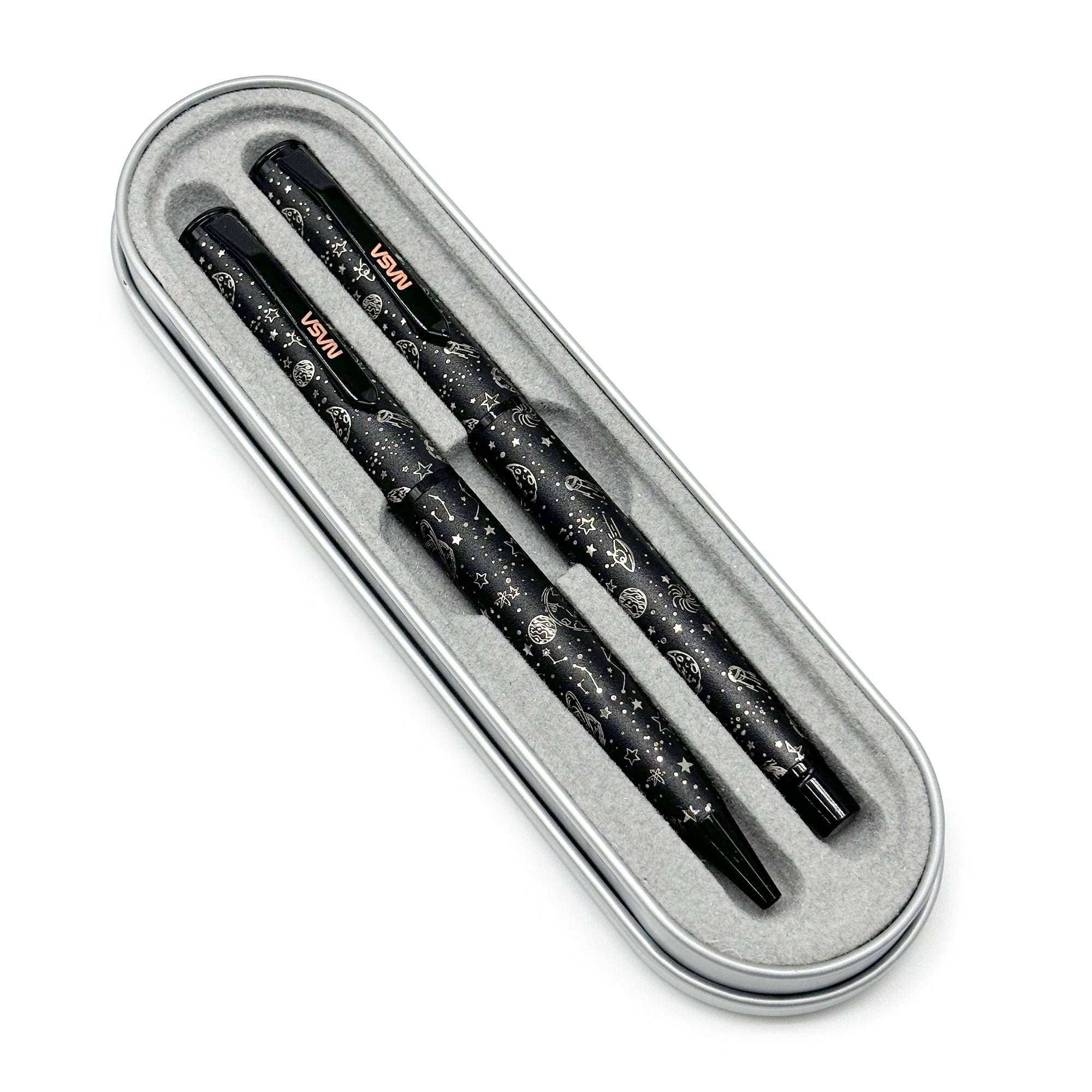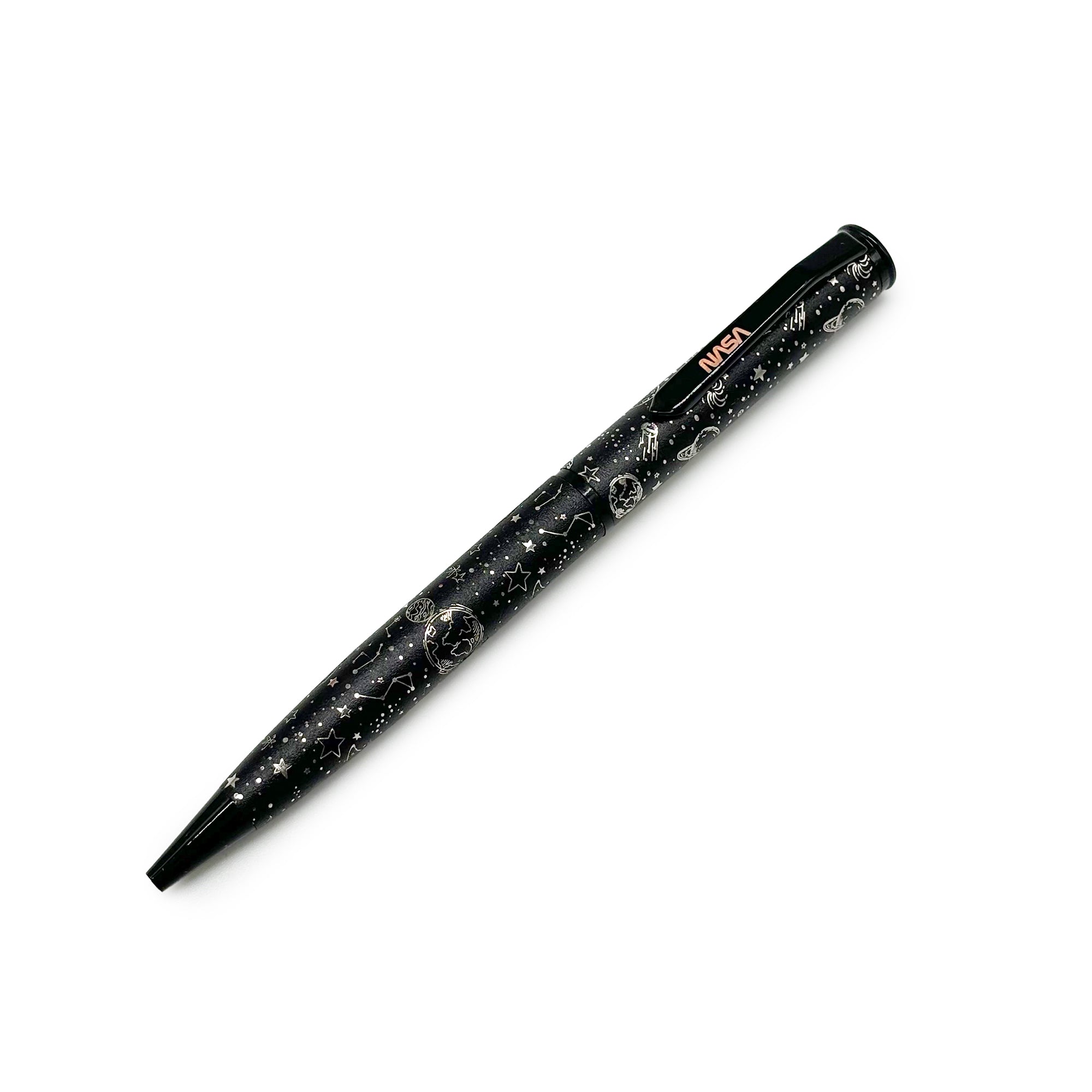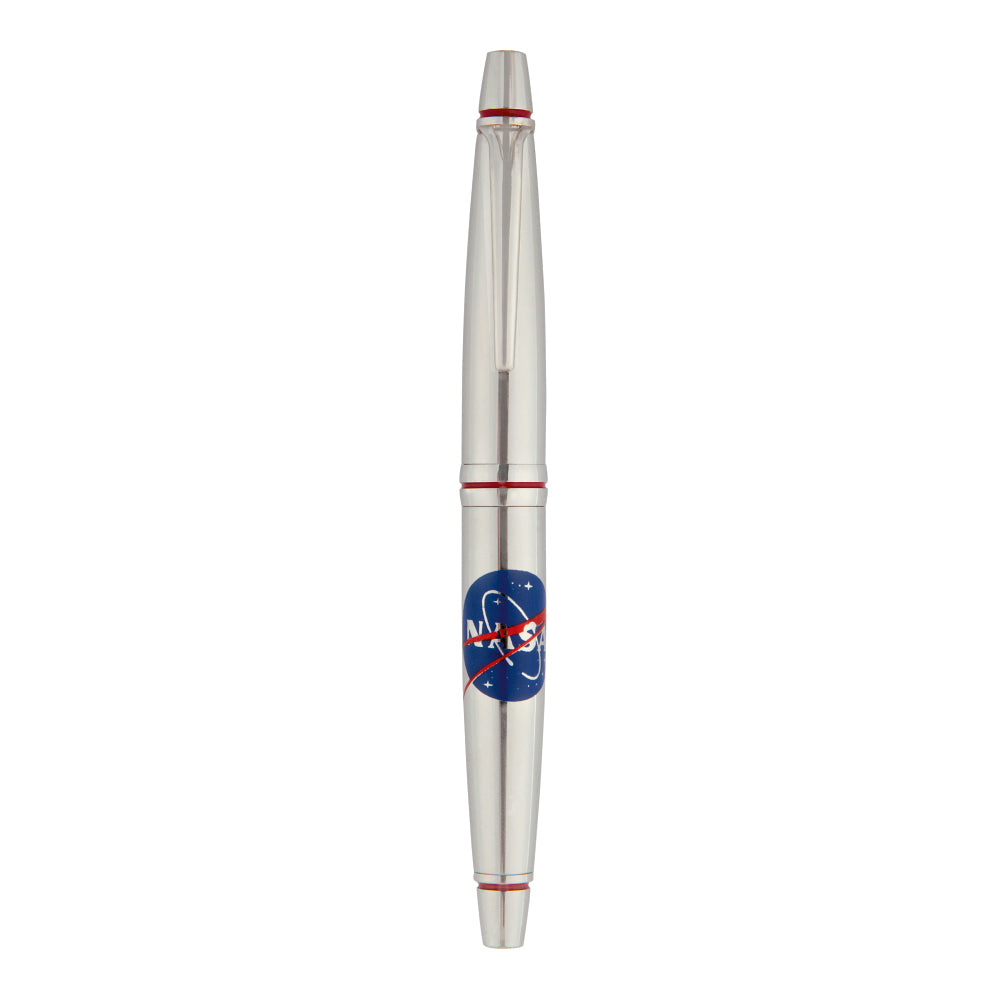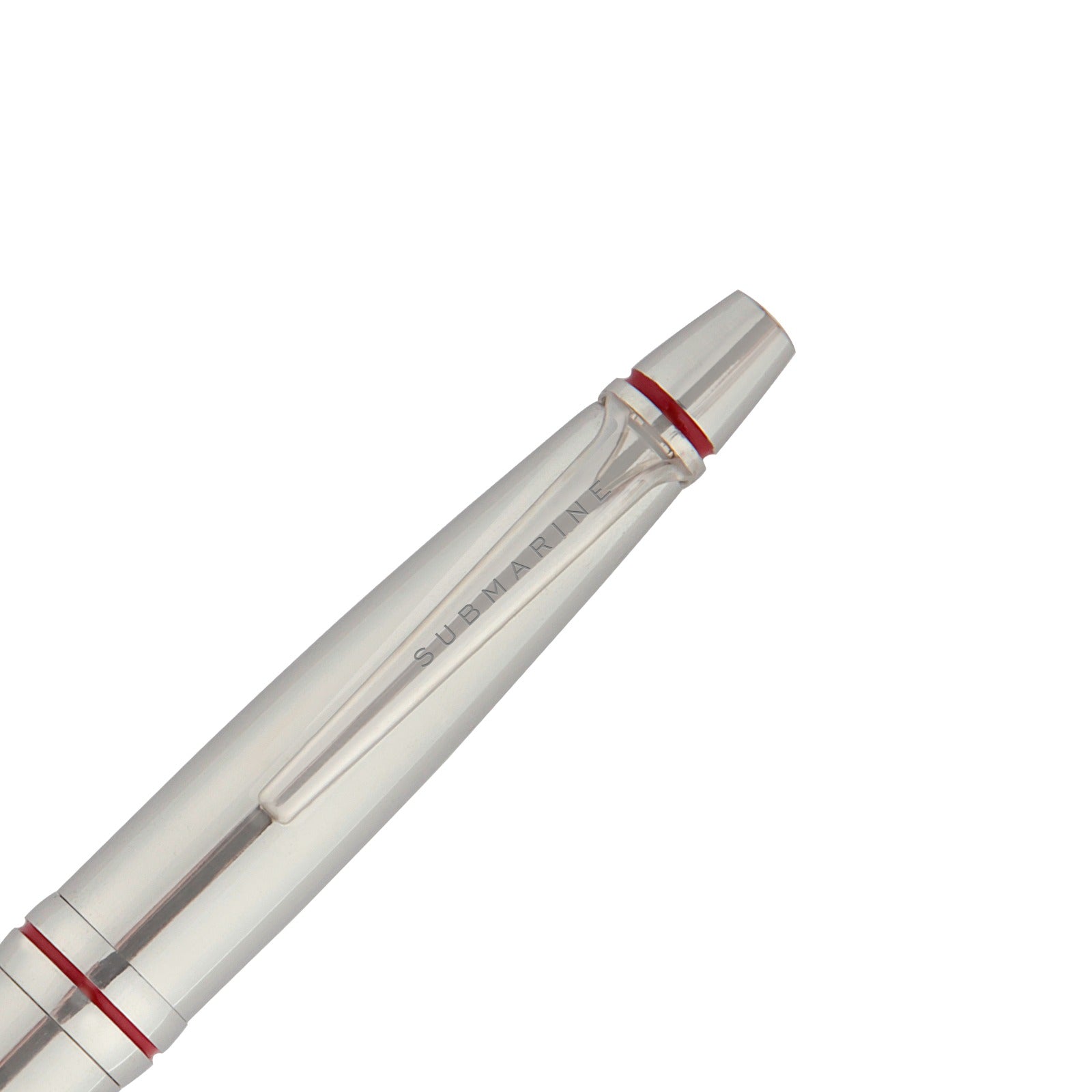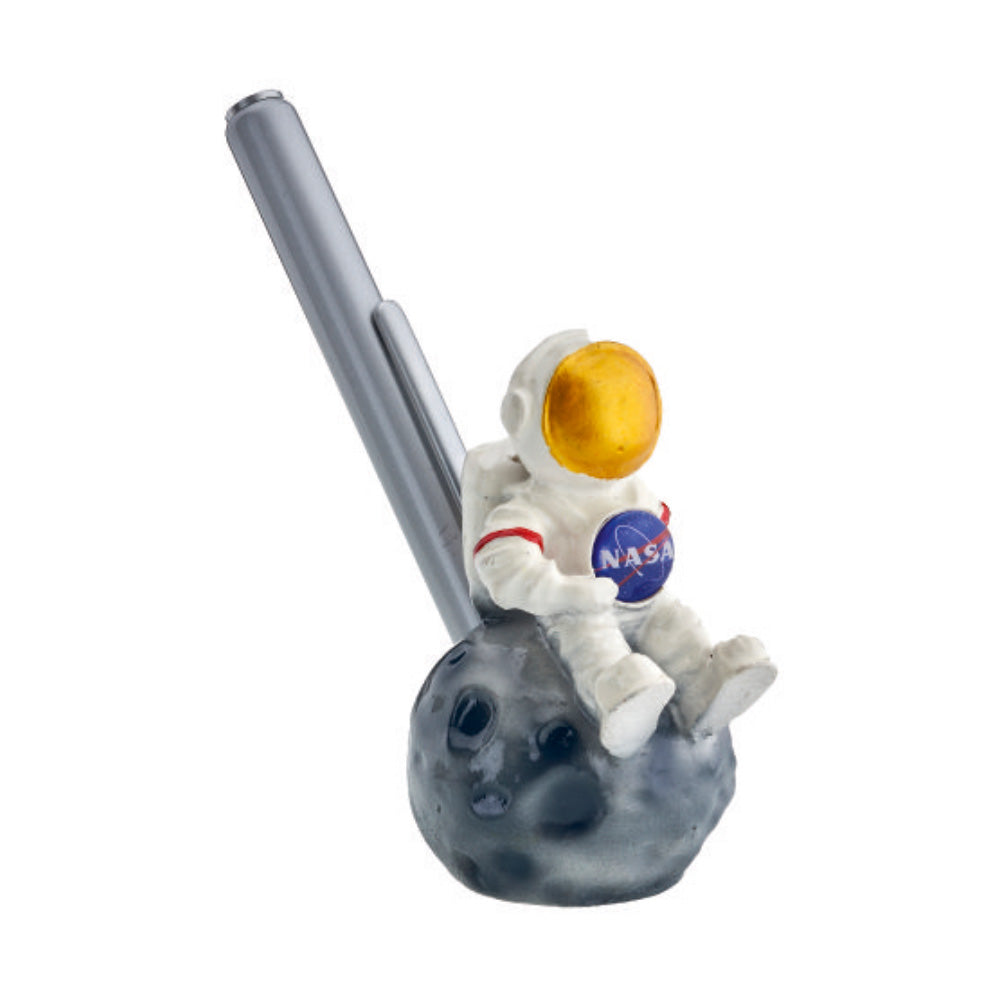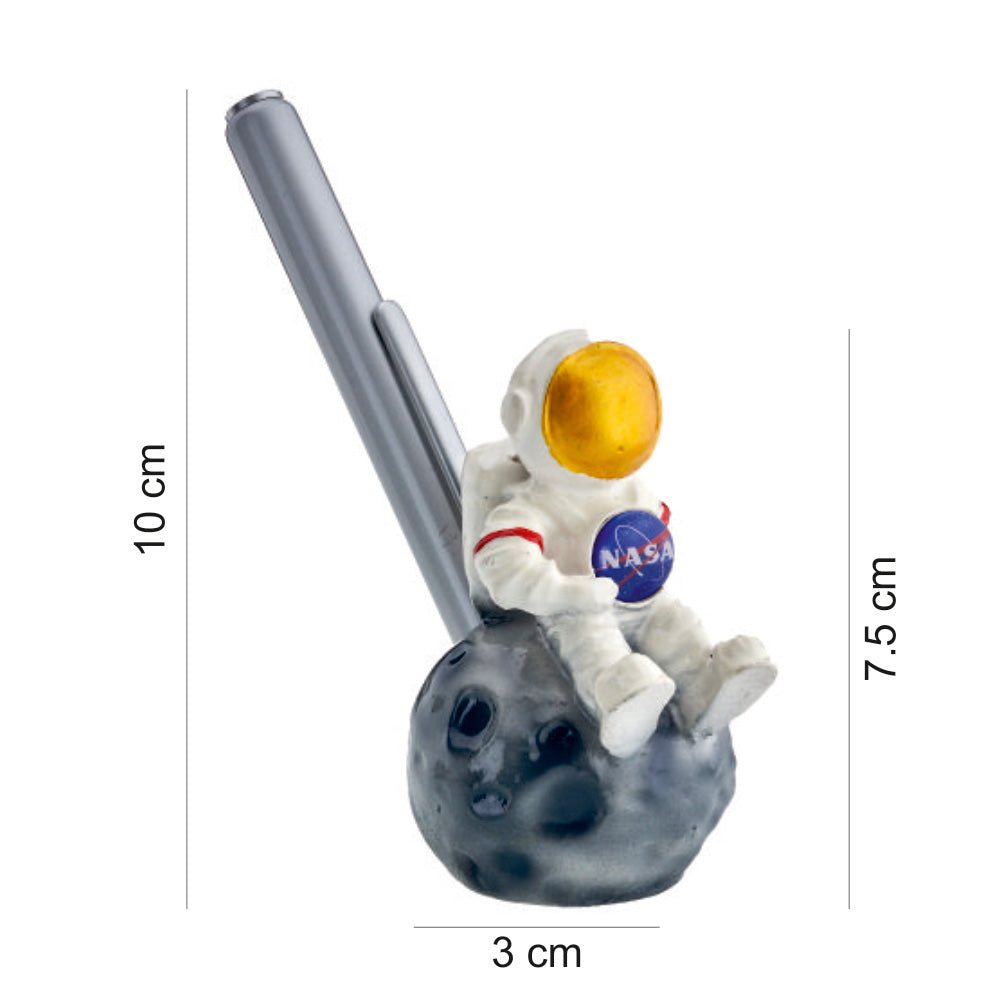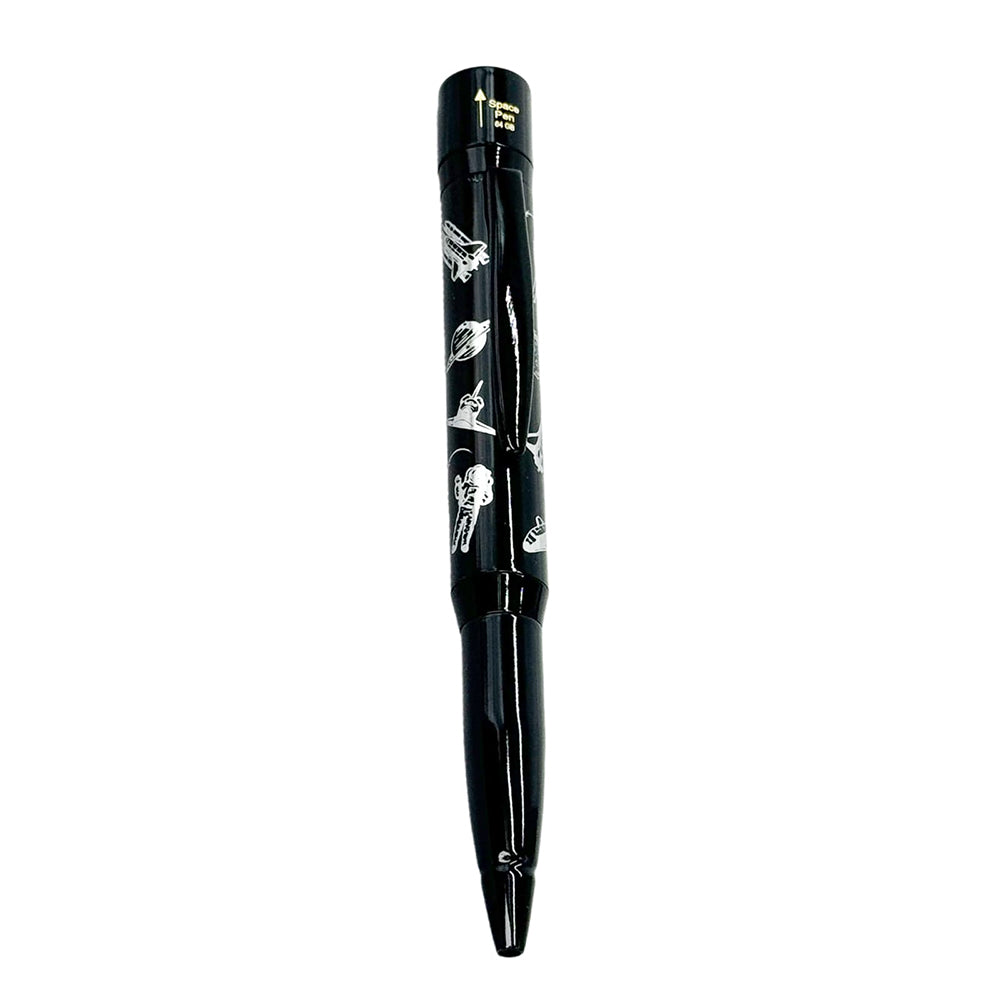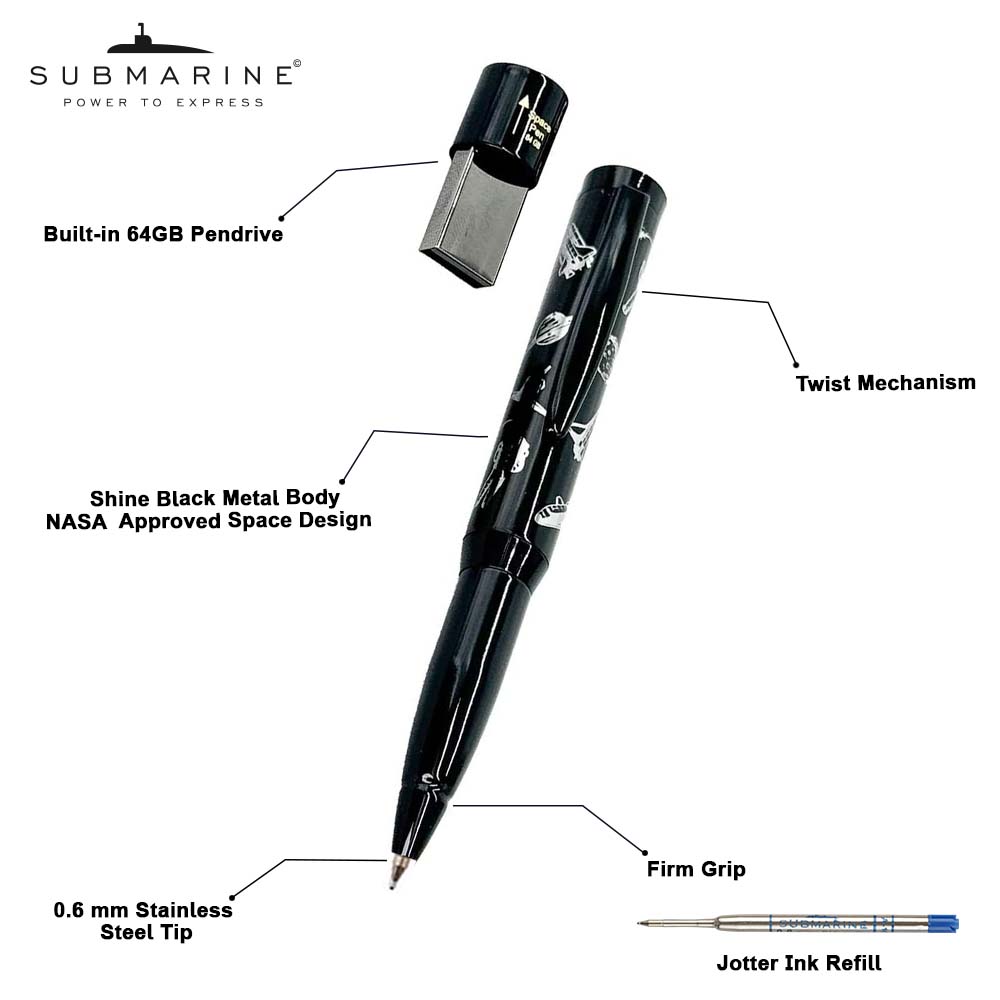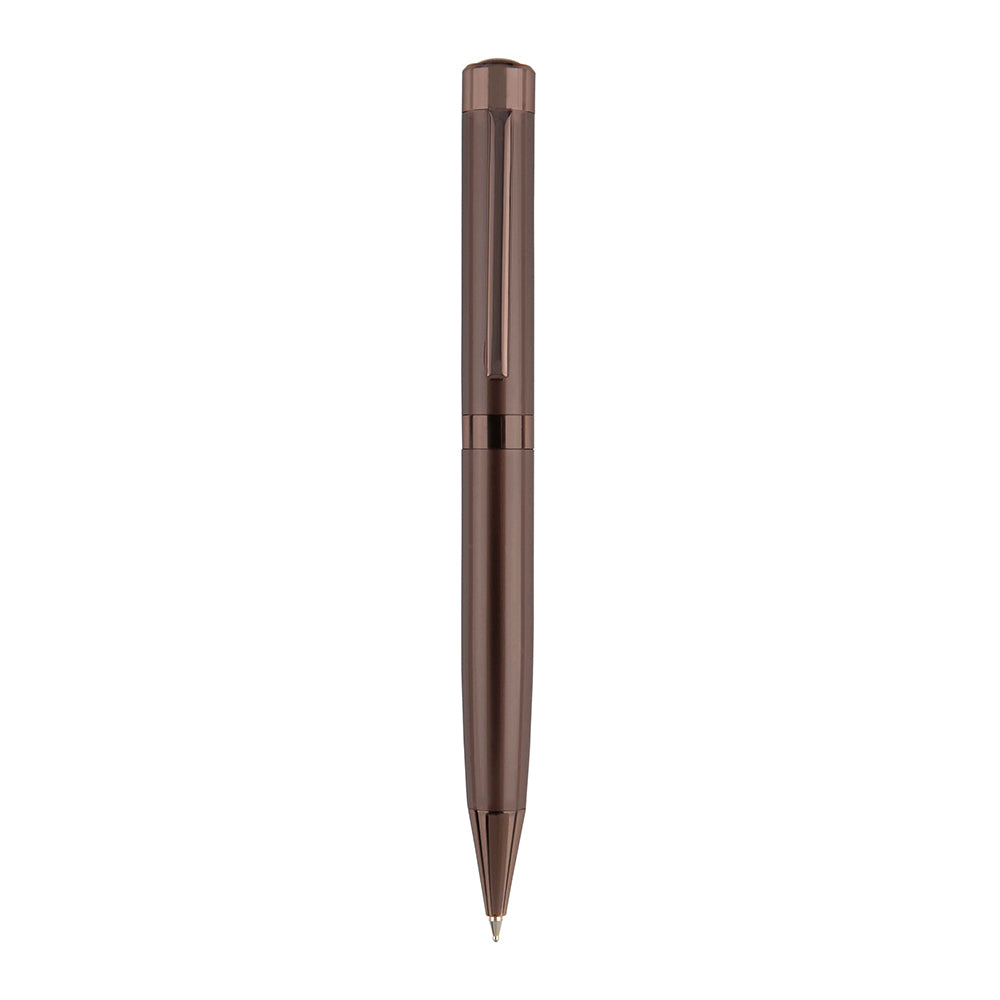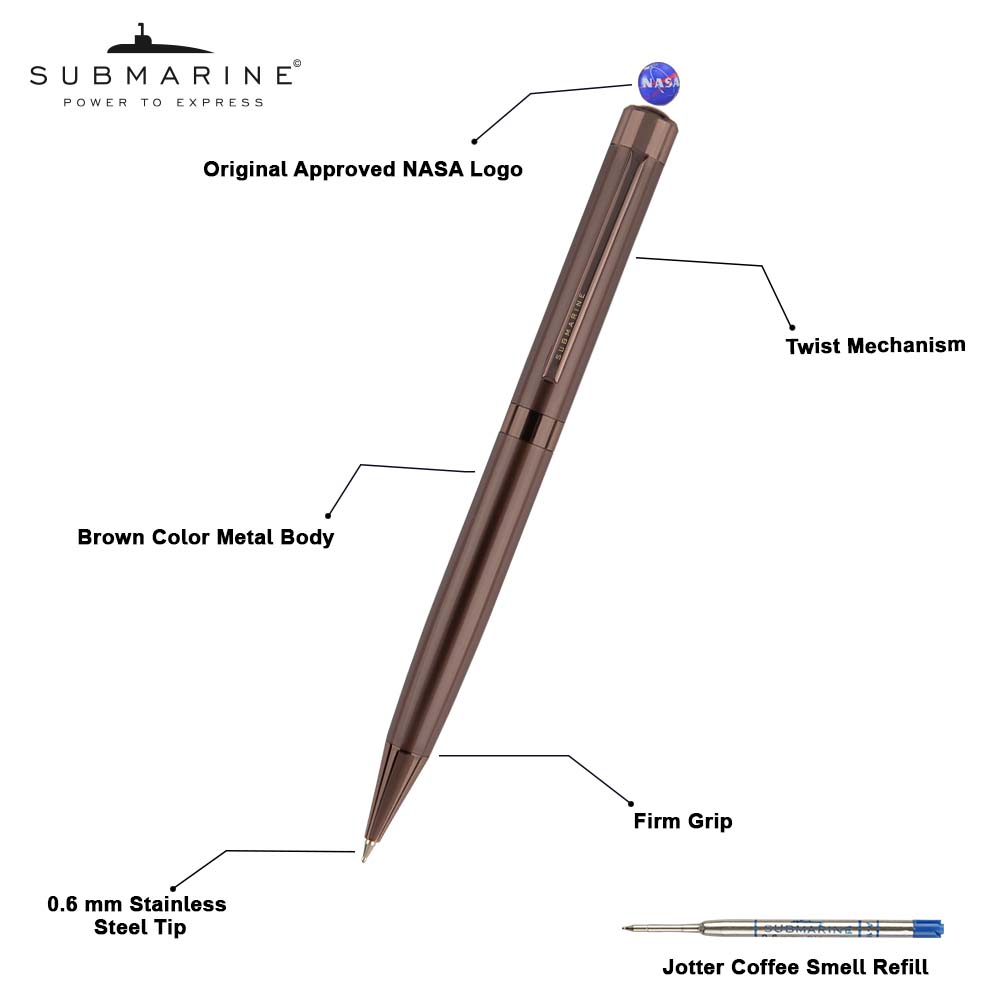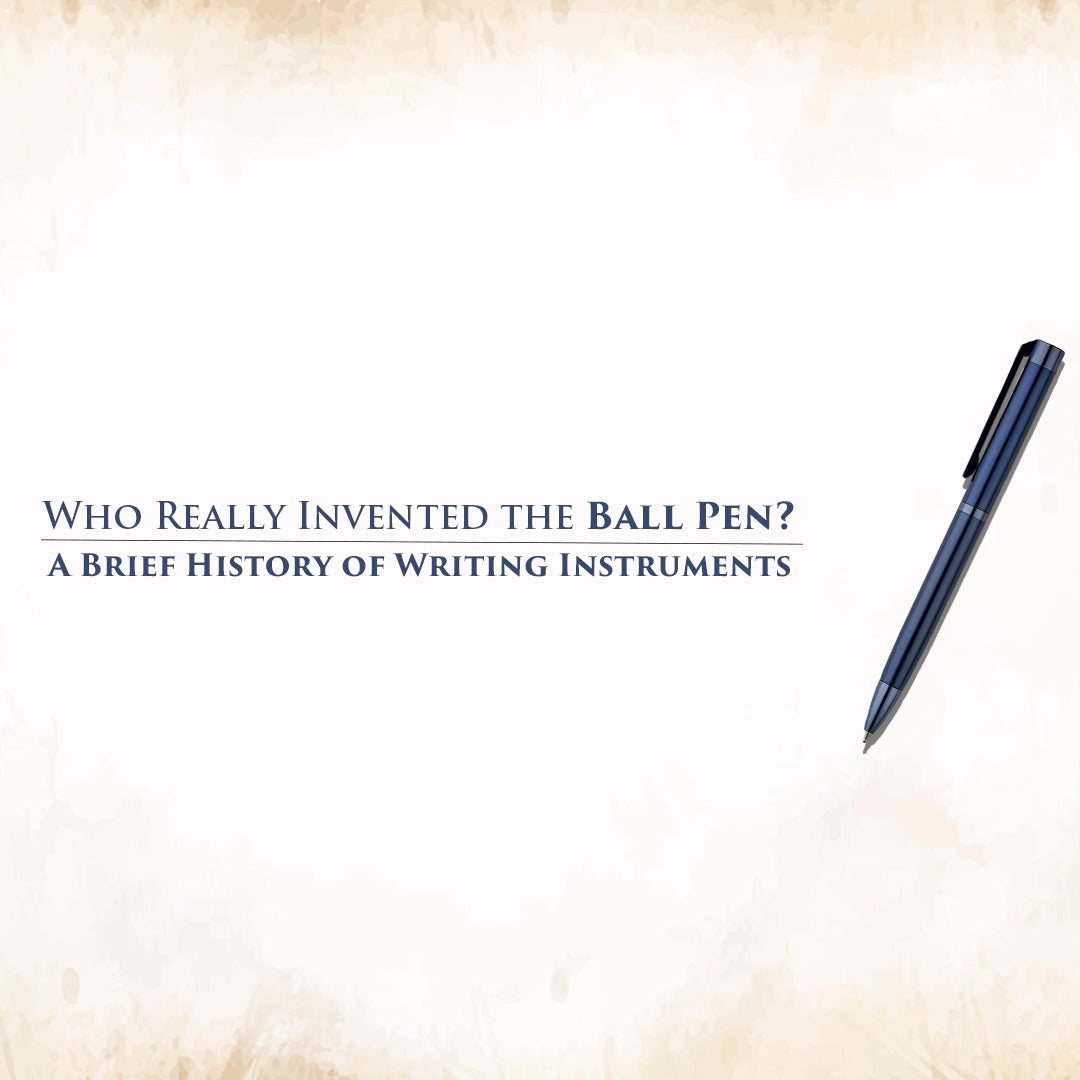
Who Really Invented the Ball Pen? A Brief History of Writing Instruments
The history of the ball pen is one of invention, convenience, and revolution in the way that humans write. But who invented the ball pen, and how did this device end up becoming a worldwide ubiquitous, used by everyone from school kids to presidents?
Before the smooth, stylish ball pen rose to become the world's number one writing implement, the pen and paper ride of ink and quills needed to change to something more efficient, leak-resistant, and handy. So let's embark on the interesting writing tool timeline of writing tools and find out what really happened regarding who invented the ball pen and how it transformed the art of writing.
The Predecessors: A Glance at Earlier Writing Tools
Before we attribute ball pen discovery, we ought to examine the forerunners first. Writing systems originally made use of reeds, chisels, and brushes from as far as ancient Mesopotamia and Egypt. The quill pens with ink then became prevalent in the Middle Ages. Following those were the dip pens, then the fountain pens, where by, at long last, it became conceivable that ink could flow from a stored reservoir.
Buy fountain pens leaked and had to be refilled constantly. There was a need for a low-maintenance, fast-drying substitute, and more so in the 20th century. And that's when the idea of the ball pen began to form.
So, who Invented Ball Pen? The idea of the ballpoint pen was around during the late 19th century. An American inventor named John J. Loud patented the first pen with a rolling ball in 1888. Loud's pen used a small steel ball for dispensing ink that was specifically designed for imprinting hard surfaces like leather. It was never put to use for writing on paper, and the idea did not gain popularity.
The true breakthrough in providing the credit for the invention of the ball pen as we are familiar with it lies with László Bíró, a Hungarian reporter. Disgusted with fountain pens that smeared and took several minutes to dry, Bíró foresaw a pen that employed fast-drying ink and a rolling ball system. With his brother György, a chemist, Bíró worked to make the design perfect and patented it in 1938. The invention employed a small ball bearing in the point that turned as the pen travelled along, distributing ink evenly on paper. It was practical and revolutionary. Thus, although Loud set the foundation, it was László Bíró who invented ballpoint pen in its contemporary, useful configuration.
Evolution to the Everyday Writing Companion
Following the first boom, ball pens started to become common writing instruments. The blue ball pen, now legendary, became a back-to-school staple and office icon globally.
Today, ball pens are available in innumerable varieties—refillable, rollerball, gel ink, pressurized—and remains celebrated for its ease of use and versatility. Submarine produces some of the finest ball pen for writing, marrying smoothness with durability.
Who invented ball pen? Although it began with Loud's concept and grew with Bíró's perfection, it is today a collective legacy of countless innovators of generations to come.
What is Ball Pen Technology?
If you're curious about ball pen technology, it's ingenious but easy. The tip has a tiny ball, usually steel or tungsten carbide, that turns as you write. Ink held in a reservoir flows onto the ball, which deposits it on the paper as it travels. This mechanism prevents leakage, facilitates rapid drying, and makes writing smooth on all surfaces. It's what makes the best ball pen so dependable and why it still reigns over more sophisticated writing instruments.
The quest to who invented ball pen is not just a historical trivia—it's a reminder of how tiny innovations can transform everyday life. From John J. Loud's initial efforts to László Bíró's life-altering design, the ball pen came into being through need, innovation, and widespread use.
In the digital age we live in today, the ball pen is unmatched in convenience, price, and global popularity. Regardless of whether you're taking notes, signing documents, or just doodling around, there's a high probability you're using a ball pen—and quite possibly unknowingly, you're in possession of a bit of writing history.
Frequently Asked Questions
1. Who discovered ballpoint pen and how does it differ from a fountain pen?
The contemporary ballpoint pen was developed by László Bíró in 1938. In contrast to fountain pens, which employ a nib and gravity-fed ink flow, ball pens employ a rolling ball system that dispenses ink smoothly and dries more quickly.
2. Why is the blue ball pen so widely used?
The blue ball pen is frequently used for official documents and tests because blue ink readily identifies original material from photocopies or black-ink printed text.
3. What is the best ballpeen to write with today?
That will vary with your writing requirements, but favourites are Submarine, Parker, and BIC for comfort, smoothness, and dependability.
4. Are ball pens suitable for calligraphy or for writing in cursive script?
Not so good for classical calligraphy, but fine for cursive and neat script using high-quality ball pens because of their smoothness and control.
5. Is the ball pen eco-friendly?
Some disposable pens are part of plastic waste, but most companies now provide refillable ball pens or recycled material models for a greener option.

